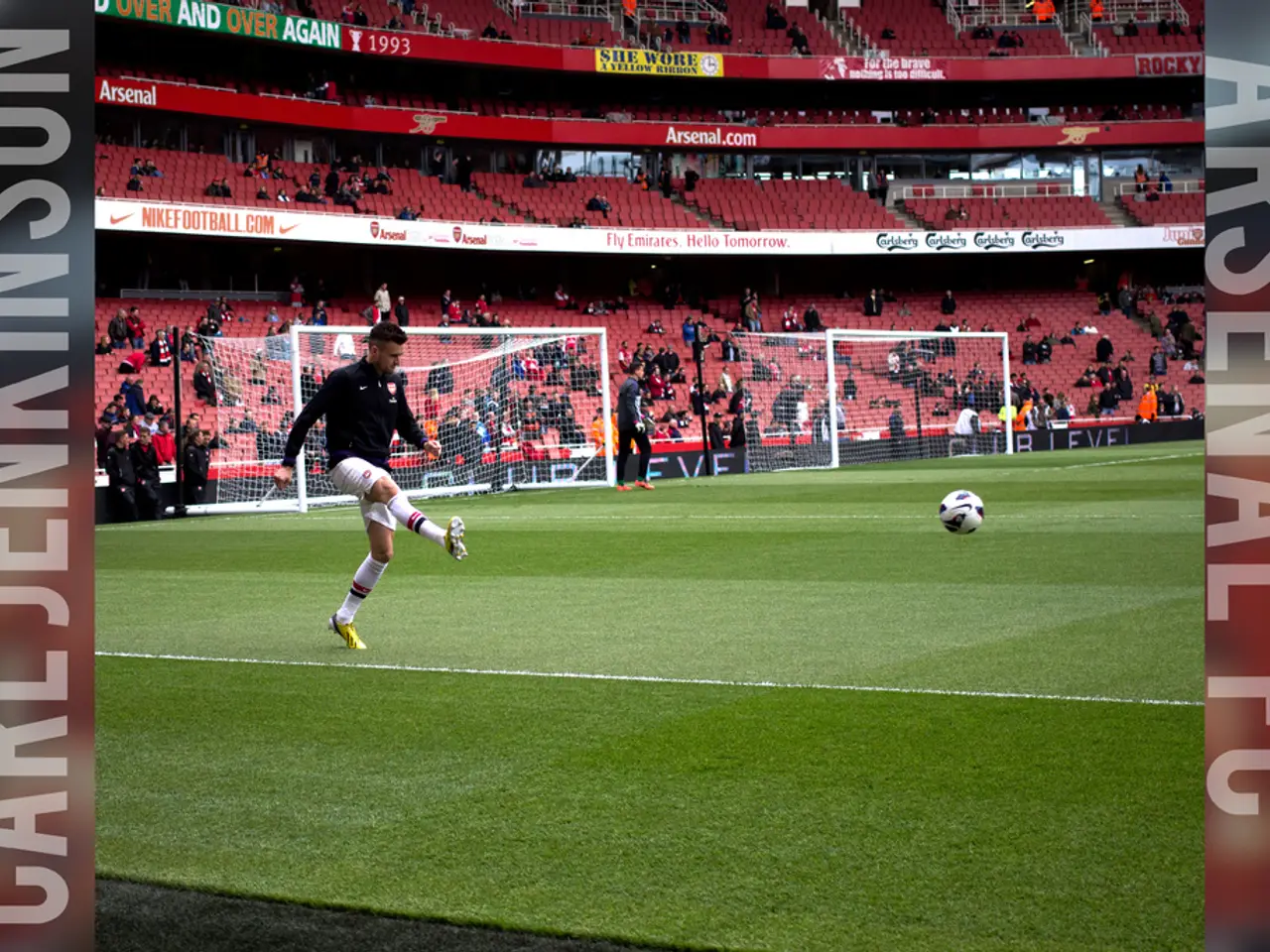Direct-to-Consumer (DTC) sales share of Adidas to reach 50% by 2025
Adidas, the global sportswear giant, has announced a bold four-year strategic plan, "Own the Game," aimed at transforming its business model and achieving dominance in five key product categories. The plan, which focuses on aggressively expanding direct-to-consumer (DTC) sales, is set to shape the company's future from 2022 onwards.
At the heart of the strategy is a shift towards a more consumer-controlled sales approach. Adidas aims to double its DTC sales, with e-commerce accounting for between 8-9 billion euros by 2025. The retailer expects DTC to make up 50% of its net sales by this time, up from 30% in 2019 and 40% in 2020.
To achieve this, Adidas is investing over 1 billion euros into its digital transformation by 2025. This investment will be used to enhance marketing capabilities, scale the DTC model, and leverage digital platforms for personalized marketing strategies. The focus is on storytelling, emotional branding, and embedding the brand into culture.
Adidas is also paring down its wholesale partners to focus on strategic partnerships. This move is part of a deliberate shift away from reliance on wholesale and retail distributors towards selling more products through Adidas-owned retail stores, its official website, and other digital channels. This approach allows Adidas to better control brand experience, customer data, and profit margins.
The strategy extends beyond just sales and digital transformation. Adidas is introducing a new identity, developing a dedicated sports lifestyle collection, and rolling out sportswear-specific experiences at the point of sale. This includes the creation of Sportswear as a consumer proposition.
In terms of product focus, Adidas Originals will continue to capture the streetwear consumer, while Adidas Performance will emphasize technical sport gear. The retailer aims to be either the No. 1 or No. 2 retailer in each of the five product categories: Soccer, running, training, outdoor, and lifestyle.
Adidas is also making strides in sustainability. The company plans to make nine out of 10 of its products sustainable by 2025, with current sustainability aims including partnerships with companies like Allbirds.
The women's market is another area of focus for Adidas. The company is renewing its focus on this demographic and aims to grow the business in the mid-teens annually. Adidas recently announced a women's-focused product line called Formotion, and is planning to triple its membership to 500 million by 2025.
In summary, "Own the Game" is Adidas’ bold effort to accelerate digital transformation and DTC growth through increased marketing spend, supply chain investment, and cultural engagement. This strategic plan reflects Adidas' commitment to becoming a more consumer-centric brand, focusing on style, sustainability, and dominance in key product categories.
- Adidas intends to double its direct-to-consumer (DTC) sales and has set a goal for e-commerce to generate between 8-9 billion euros by 2025.
- In line with its strategic plan, Adidas is investing over 1 billion euros into its digital transformation, focusing on enhancing marketing capabilities, scaling the DTC model, and leveraging digital platforms for personalized marketing strategies.
- Adidas is shifting its focus towards a more consumer-controlled sales approach, aiming to make DTC account for 50% of its net sales by 2025, up from 30% in 2019 and 40% in 2020.
- As part of its strategy, Adidas is developing a dedicated sports lifestyle collection and rolling out sportswear-specific experiences at the point of sale, with the aim of positioning Sportswear as a consumer proposition.
- Adidas is committed to becoming more consumer-centric, focusing not only on aggressive sales growth and digital transformation but also on style, sustainability, and dominance in key product categories like soccer, running, training, outdoor, and lifestyle.








